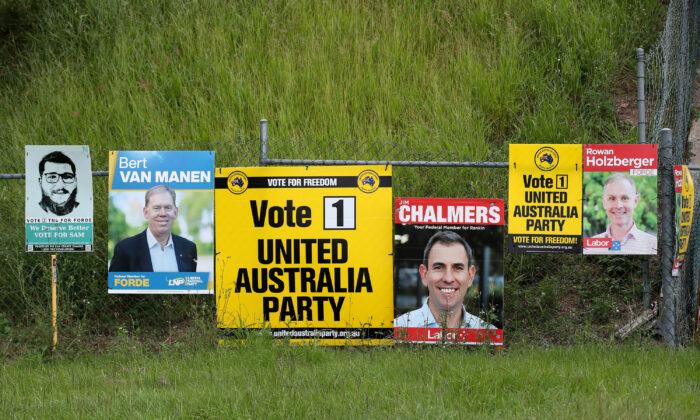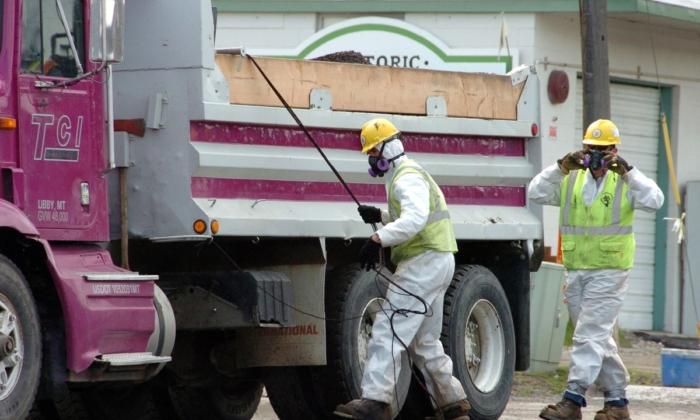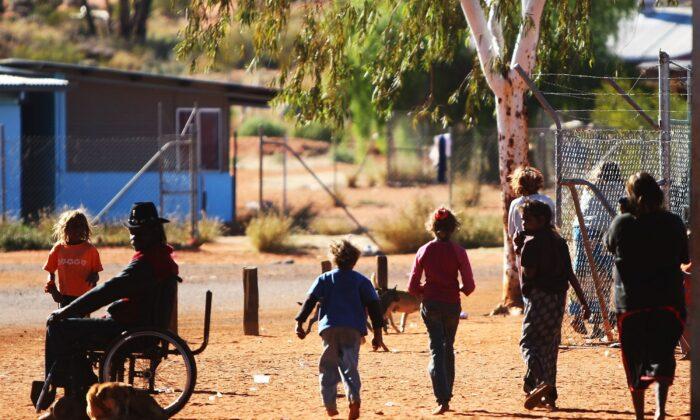Women could decide the outcome of the federal election with the number of unsure female voters more than three times that of men, according to new research from the Australian National University (ANU).
Voters also have the greatest amount of confidence in Labor delivering on gender equality.
Almost two-thirds of Australians have “little confidence” in the Liberal party when it comes to equity issues, with more than a quarter having “none at all”.
More women than men were also likely to vote for the Greens.
Analysis by the ANU found 8.4 percent of women are still yet to decide who they will vote for on polling day, in comparison to 2.8 per cent of men.
More than 3,500 voters were surveyed in April this year.
The research found a higher number of women said they would vote for Labor (33.4 per cent) compared to the coalition (29.2 per cent).
ANU Director of Global Institute for Women’s Leadership Prof. Michelle Ryan said the study indicated that women’s votes are “up for grabs”.
“The data tells us women could hold the power to decide who is elected prime minister, meaning there is still time for candidates to convince female voters why they deserve their support,” she said.
Ryan also suggested that political parties should be looking at the issues that matter to women voters and she noted that many women were considering not voting for the major parties or still undecided.
“Women are potentially leaving the two major parties to vote for the Greens, or they’re waiting to decide on voting day,” she said.
“The higher level of confidence in the Greens and Labor on gender equality than in the other parties is consistent with women being much more likely to say they intend to vote for the Greens than men,” the report says.
“And the substantially higher proportion of women intending to vote for Labor than who intended to vote for the coalition parties.”
The survey also showed that more men than women believed political parties would tackle the perceived gaps between the genders.






Friends Read Free